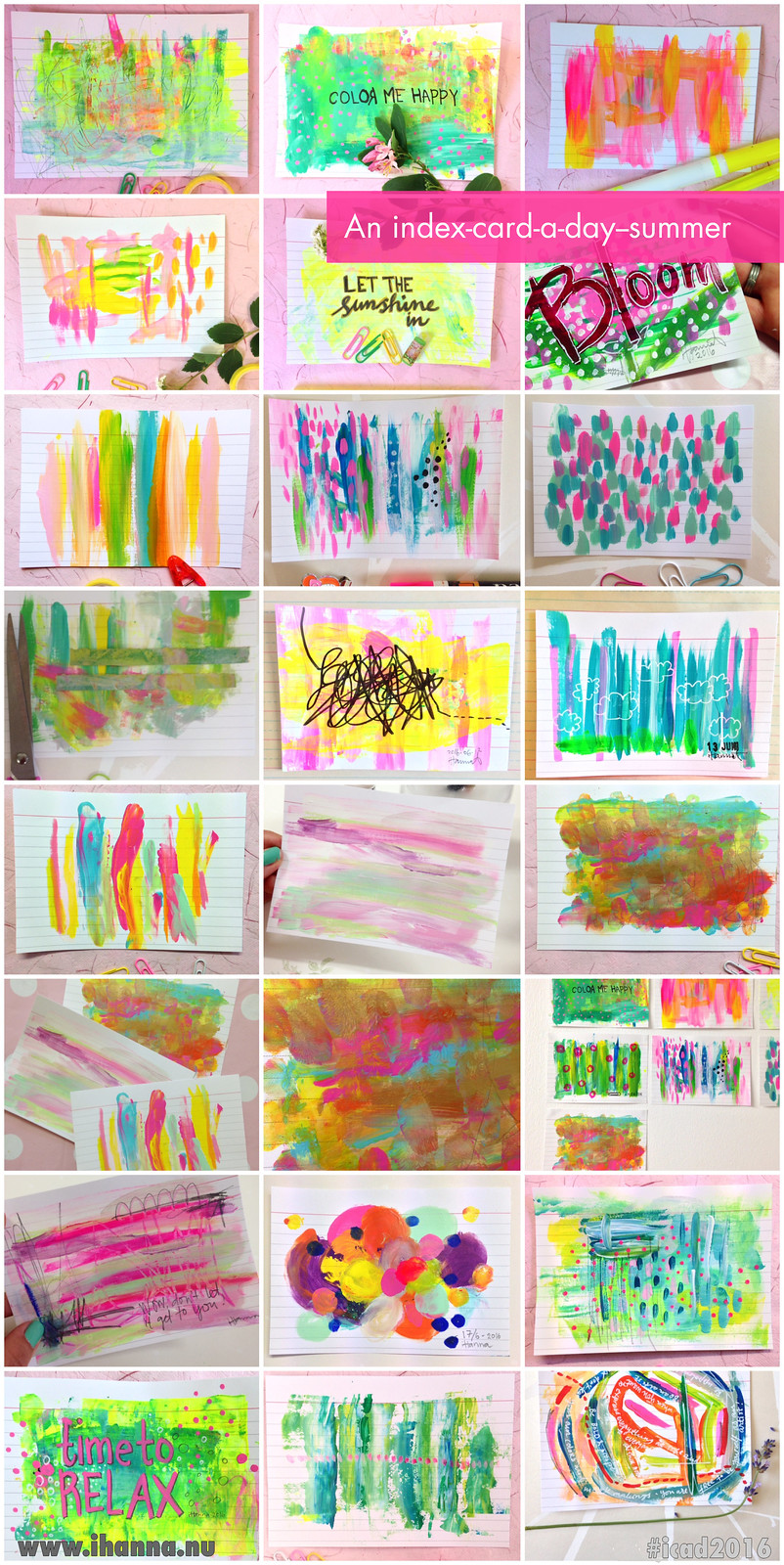


It is important to note, again, that while there are prompts and weekly themes throughout the challenge, they are optional. It doesn’t always have to be a direct mirror or reflection of the prompt. Sometimes my response to a prompt is something “related” or that has personal significance in relation to the prompt. It isn’t always the “first” line of approach for me, and it isn’t always obvious when looking at a finished card, but I often think about the prompt as I select what I want to draw. That process has become a fun add-on for me, an element of how I think about each day’s card.

But somewhere along the way, I started “nodding” to prompts now and then. Much of my methodology for ICAD and the way I think about it is summarized in that post.įor all official information about ICAD, see the Daisy Yellow site.įor more on what I am thinking about my 2021 ICAD, my personal short list, 50 ideas you might consider for an ICAD or anytime art series, and tips on supplies, keep reading! ICAD and Prompts Some years, that happens.įor lots of additional info on ICAD, see my Pre-ICAD 2021 post and retrospective.
#Icad prompts 2016 series
Despite good intentions, I didn’t follow through with either of these series threads. There is a delicate whimsy to the square in the hair. There was a reason for it, and I still love seeing these touches in the cards. Similarly, I started out the 2020 ICAD season embedding words and some abstract mark-making in the hair. It was a recurring and important motif for me, but even so, not every card had one. In 2020, many of my cards incorporated a small crown. Some years, the small thread that carries through a series is very small. And sometimes my throughline involves a few repeated elements (like using alphabet stencils for lettering, using salvaged postage stamps, adding music lyrics, using scraps of fabric, or integrating collage). Sometimes my focus is a medium (for example, a year of ballpoint and a year of Copic markers).
#Icad prompts 2016 windows
Sometimes I have a “theme” that I explore (like teddies or chairs or windows or portraits or portraits with sunglasses). In past years, I have done a number of series, and some years contained several small series. I have been participating in ICAD for a number of years, so I will be doing ICAD this year, too. It is mid-May, and that means it is time to really think about the Index-Card-a-Day Challenge (fondly known as ICAD). Jump straight to 50 ideas for working in a series Index-Card-a-Day 2021 / Summer Art on Index Cards ICAD is a summer art challenge run by Daisy Yellow. While aiming for richer, more situated understandings that lead to the advancement of knowledgeĪ Design-led Approach: opening up a cross-disciplinary discourse into design research.Īuditory scene analysis, object formation and selection and their implications with respect to stream-based sonification.Note: For a more in-depth look at ICAD and a retrospective of ICAD through the years, see Thinking About Index-Card-a-Day Challenge 2021. Speculation and discovery, with outcomes that can be provisional, contingent and aspirational, Practice-based research is considered as a generative process of exploration,

Those that are affected by them, and the social contexts in which they occur.Ī Design orientation pays particular attention to the phenomenology of user experience–including physical,Ĭognitive, emotional, and aesthetic issues the relationship between form, function, and content Īnd emerging concepts such as fun, playfulness and design futures. Sonic Information Design takes a synergetic user-centred view of the relationship between artefacts, May be designed to make the world a better place. Like other design disciplines, Sonic Information Design has the aspiration that artificial sounds There is also a condensed version available. It is updated from time-to-time, so please check version number in TLHC. The ICAD 2016 programme is available as a THE 22nd ANNUAL INTERNATIONAL CONFERENCE ON AUDITORY DISPLAYĬonference closed.


 0 kommentar(er)
0 kommentar(er)
